Interesting history too
"Catch of the day" from Algarve
Re: "Catch of the day" from Algarve
Beautiful pics. The super white buildings with red roofs makes for a really pretty pic. 
Interesting history too
Interesting history too
Satara 30 Sept - 7 Oct
Botswana June/July 2018
Botswana June/July 2018
- Lisbeth
- Site Admin
- Posts: 65899
- Joined: Sat May 19, 2012 12:31 pm
- Country: Switzerland
- Location: Lugano
- Contact:
Re: "Catch of the day" from Algarve
The Iberian pig is a traditional breed of the domestic pig (Sus scrofa domesticus) that is native to the Iberian Peninsula. The Iberian pig, whose origins can probably be traced back to the Neolithic, when animal domestication started, is currently found in herds clustered in the central and southern part of Portugal and Spain.
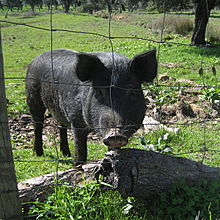 Black pig being raised in the countryside near Évora, Alentejo, Portugal
Black pig being raised in the countryside near Évora, Alentejo, Portugal
The Iberian pig can be either red or dark in colour, if black ranging from dark to grey, with little or no hair and a lean body, thus giving rise to the familiar name pata negra, or "black hoof". In traditional management, animals ranged freely in sparse oak forest ('dehesa'), they are constantly moving around and therefore burn more calories than confined pigs. This, in turn, produces the fine bones typical of this kind of jamón ibérico. At least a hectare of healthy dehesa is needed to raise a single pig, and since the trees may be several hundred years old, the prospects for reforesting lost oak forest (dehesa) are slim at best. True dehesa is a richly diverse habitat with four different types of oak that are crucial in the production of prime-quality ham. The bulk of the acorn harvest comes from the holm oak (from November to February), but the season would be too short without the earlier harvests of Spanish oak and gall oak and the late cork oak season, which, between them, stretch the acorn-production period from September almost to April.

It does not look it, but these simple looking slices of perfectly cooked black pig is one of the best meals, that I have ever eaten

At the end when we were absolutely full and could not eat any more; there were still two slices left and we asked to take them with us for the next days lunch on our way to Évora
 Black pig being raised in the countryside near Évora, Alentejo, Portugal
Black pig being raised in the countryside near Évora, Alentejo, PortugalThe Iberian pig can be either red or dark in colour, if black ranging from dark to grey, with little or no hair and a lean body, thus giving rise to the familiar name pata negra, or "black hoof". In traditional management, animals ranged freely in sparse oak forest ('dehesa'), they are constantly moving around and therefore burn more calories than confined pigs. This, in turn, produces the fine bones typical of this kind of jamón ibérico. At least a hectare of healthy dehesa is needed to raise a single pig, and since the trees may be several hundred years old, the prospects for reforesting lost oak forest (dehesa) are slim at best. True dehesa is a richly diverse habitat with four different types of oak that are crucial in the production of prime-quality ham. The bulk of the acorn harvest comes from the holm oak (from November to February), but the season would be too short without the earlier harvests of Spanish oak and gall oak and the late cork oak season, which, between them, stretch the acorn-production period from September almost to April.

It does not look it, but these simple looking slices of perfectly cooked black pig is one of the best meals, that I have ever eaten
At the end when we were absolutely full and could not eat any more; there were still two slices left and we asked to take them with us for the next days lunch on our way to Évora
"Education is the most powerful weapon which you can use to change the world." Nelson Mandela
The desire for equality must never exceed the demands of knowledge
The desire for equality must never exceed the demands of knowledge
- Lisbeth
- Site Admin
- Posts: 65899
- Joined: Sat May 19, 2012 12:31 pm
- Country: Switzerland
- Location: Lugano
- Contact:
Re: "Catch of the day" from Algarve
16.03.2015
The next morning a nice view from the balcony of the hotel room overlooking the river with a lovely white stork "grassing" on the other side
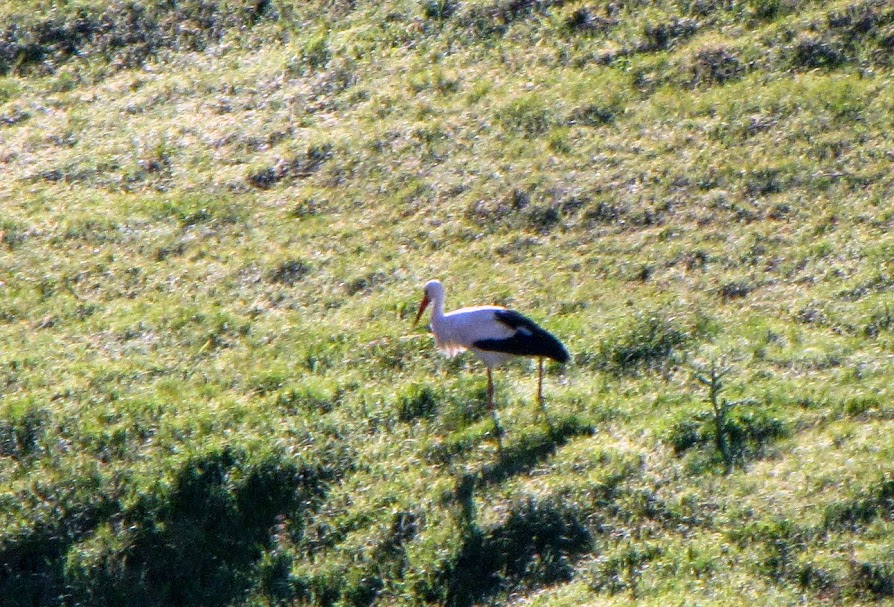

Flowers along the road towards our next destination

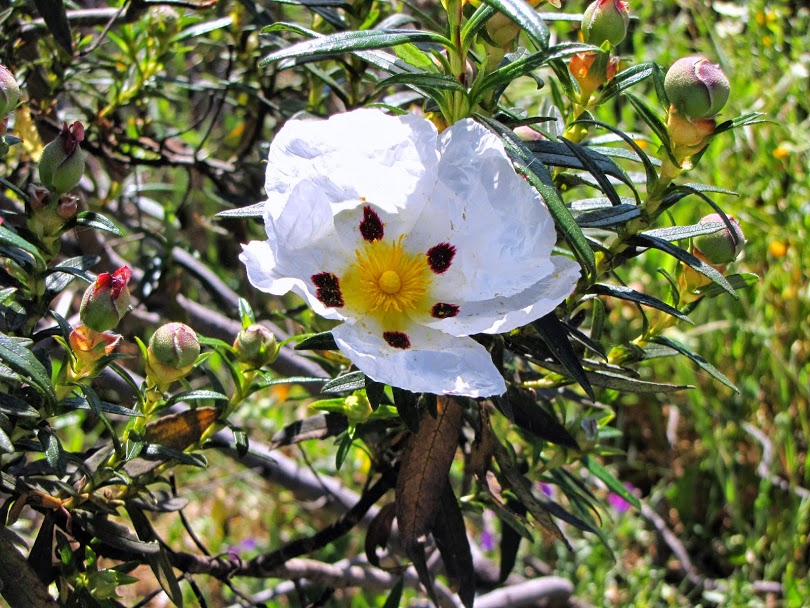

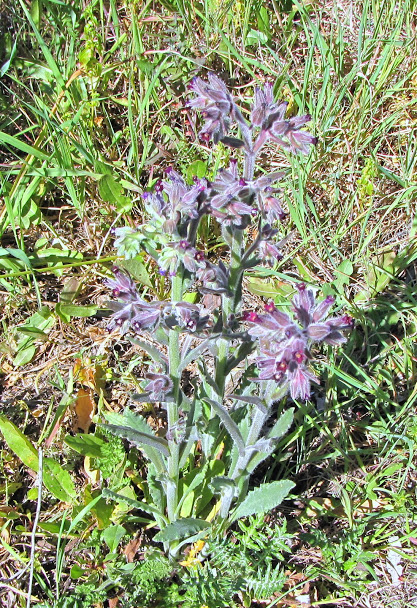
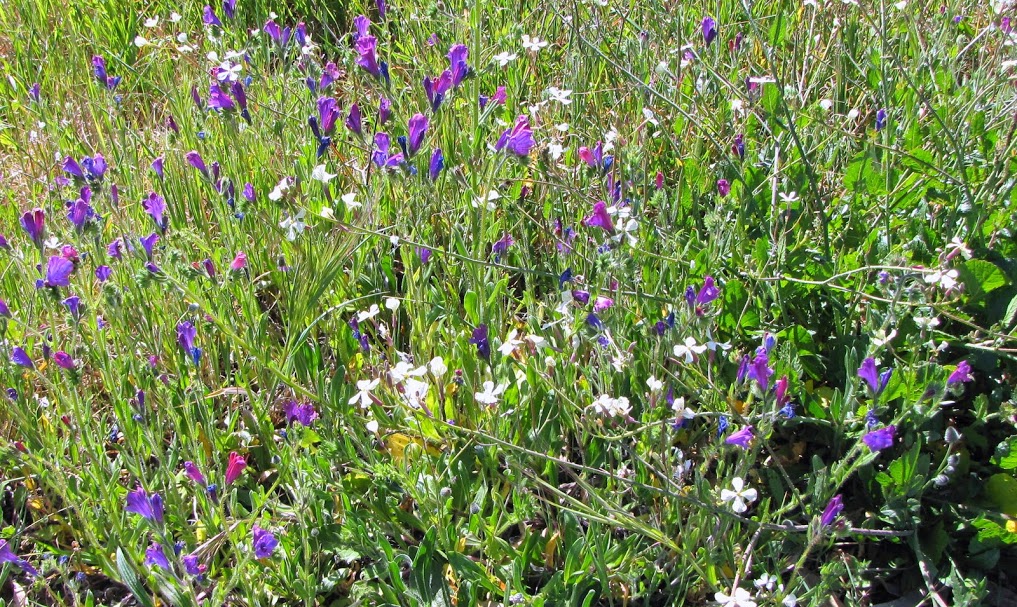
Along several kilometers there were stork nests on almost every light pole in the middle of the cork oaks, an incredible sight

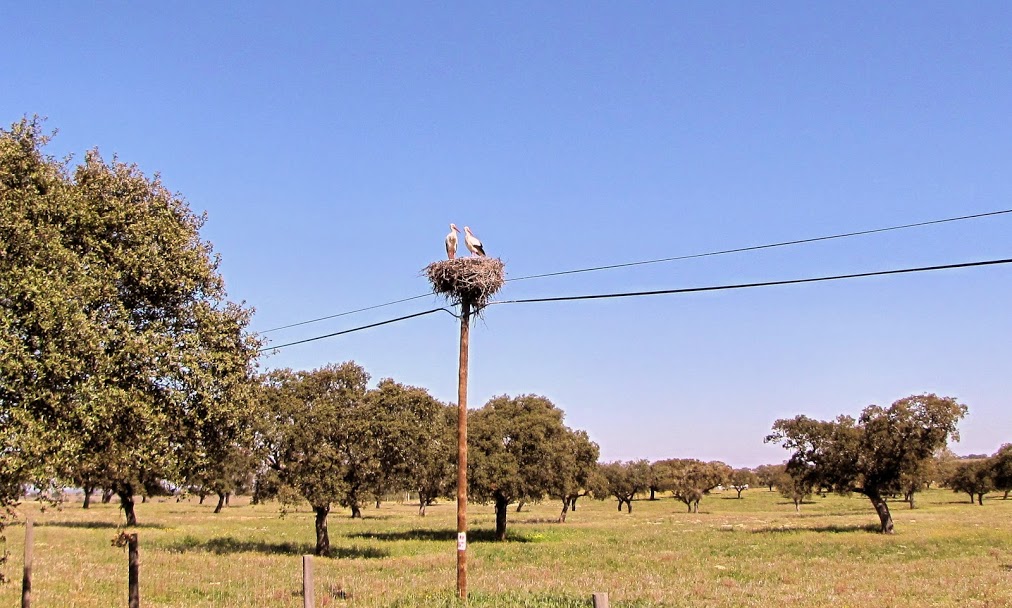
To be continued.......
The next morning a nice view from the balcony of the hotel room overlooking the river with a lovely white stork "grassing" on the other side


Flowers along the road towards our next destination





Along several kilometers there were stork nests on almost every light pole in the middle of the cork oaks, an incredible sight

To be continued.......
"Education is the most powerful weapon which you can use to change the world." Nelson Mandela
The desire for equality must never exceed the demands of knowledge
The desire for equality must never exceed the demands of knowledge
- Richprins
- Committee Member
- Posts: 75375
- Joined: Sat May 19, 2012 3:52 pm
- Location: NELSPRUIT
- Contact:
Re: "Catch of the day" from Algarve
Pig and Potatoes! 
Looks great!
Funny, Lis...you know some those storks could have been seen here in SA by me, and there by you...don't they migrate?
Looks great!
Funny, Lis...you know some those storks could have been seen here in SA by me, and there by you...don't they migrate?
Please check Needs Attention pre-booking: https://africawild-forum.com/viewtopic.php?f=322&t=596
- Lisbeth
- Site Admin
- Posts: 65899
- Joined: Sat May 19, 2012 12:31 pm
- Country: Switzerland
- Location: Lugano
- Contact:
Re: "Catch of the day" from Algarve
The ones in the South of Portugal, Spain and North Africa (Marocco etc.) most likely stay all year. We were there in the middle of winter and they were there 
"Education is the most powerful weapon which you can use to change the world." Nelson Mandela
The desire for equality must never exceed the demands of knowledge
The desire for equality must never exceed the demands of knowledge
- nan
- Posts: 26480
- Joined: Thu May 31, 2012 9:41 pm
- Country: Switzerland
- Location: Central Europe
- Contact:
Re: "Catch of the day" from Algarve
Pata negra 



Kgalagadi lover… for ever
https://safrounet.piwigo.com/
https://safrounet.piwigo.com/
- Lisbeth
- Site Admin
- Posts: 65899
- Joined: Sat May 19, 2012 12:31 pm
- Country: Switzerland
- Location: Lugano
- Contact:
Re: "Catch of the day" from Algarve
It was d e l i c i o u s, Nan! Super yummie!! 
"Education is the most powerful weapon which you can use to change the world." Nelson Mandela
The desire for equality must never exceed the demands of knowledge
The desire for equality must never exceed the demands of knowledge
- Richprins
- Committee Member
- Posts: 75375
- Joined: Sat May 19, 2012 3:52 pm
- Location: NELSPRUIT
- Contact:
Re: "Catch of the day" from Algarve
Aha! Lazy storks! 
Please check Needs Attention pre-booking: https://africawild-forum.com/viewtopic.php?f=322&t=596
Re: "Catch of the day" from Algarve
Those pork steaks look delish Lis. Wish I'd hopped on a plane to join you now. 
Dewi
What is the good of having a nice house without a decent planet to put it on? (H D Thoreau)
What is the good of having a nice house without a decent planet to put it on? (H D Thoreau)
- Lisbeth
- Site Admin
- Posts: 65899
- Joined: Sat May 19, 2012 12:31 pm
- Country: Switzerland
- Location: Lugano
- Contact:
Re: "Catch of the day" from Algarve
You don't know what you have missed, Dewi 
"Education is the most powerful weapon which you can use to change the world." Nelson Mandela
The desire for equality must never exceed the demands of knowledge
The desire for equality must never exceed the demands of knowledge


